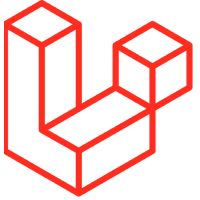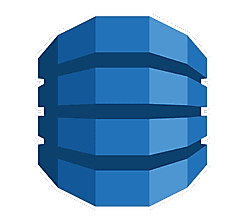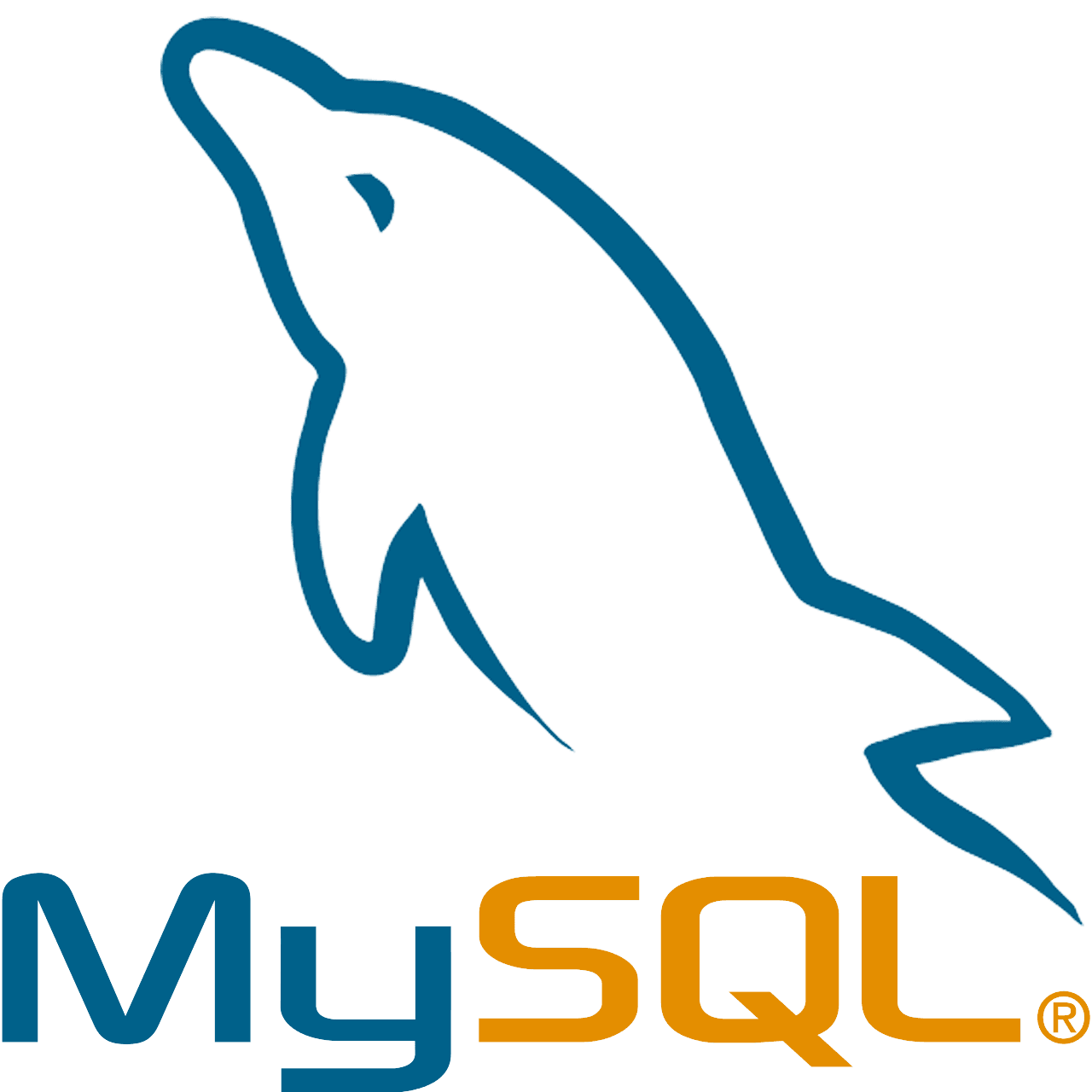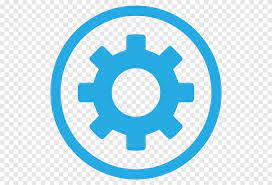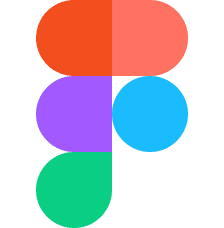Bring Design Debt to a Minimum with Design Systems Services
Whether it’s enforcing brand consistency, accelerating time-to-market, or enabling cross-functional delivery, we create systematic design foundations that support multi-product ecosystems — all with clear design and code alignment.
Let’s co-create design systems that drive consistency and innovation — powered by a results-driven design system services company.






OUR SERVICES
Design System Services Focused on Consistency, Speed, and Scale
Our design system services help create comprehensive solutions that unify design and development—empowering enterprises to deliver faster, stay consistent, and scale across platforms and teams. Whether you're standardizing your visual language or rolling out UI kits across products, our design systems are engineered to reduce redundancy, improve governance, and accelerate delivery.
360° Design Analysis
Dedicated Documentation Site
Figma-Based Component Library
End-to-End System Implementation
Component Libraries & Code Repos
Ongoing Support & Maintenance

Industries We Enable with Scalable Design Systems
Our design system services support a wide range of industries, each with unique requirements for brand consistency, accessibility, and multi-platform scalability. From regulated healthcare platforms and secure fintech tools to high-growth consumer products and enterprise SaaS ecosystems, we deliver structured, reusable design systems that bring alignment, speed, and quality across every digital touchpoint.
WHY CREATE A DESIGN SYSTEM
Advantages of Scalable Design Systems
Design systems offer a structured, cost-efficient approach to building consistent digital experiences—across platforms, teams, and product lines. With centralized assets, shared design tokens, and reusable components, you unlock faster design-to-development workflows, reduce redundancy, and maintain high brand consistency at scale.
THE GEEKYANTS ADVANTAGE
Why Choose GeekyAnts as Your Design System Services Company?
As a leading design system services company, we don’t just create UI kits—we architect design systems that serve as foundational infrastructure for your entire product ecosystem. Our expertise spans visual language design, component engineering, documentation, and implementation across design and development teams.
Rooted in system thinking, governance, and code-design parity, we help you deliver consistent, efficient, and high-quality user experiences across every platform and product line.

Systematic Design Foundations
We set clear visual rules to ensure long-term consistency and maintainability.
End-to-End Implementation
From design audit to UI library development, we deliver fully integrated design system rollouts.
Design–Code Synchronization
Figma components are mapped directly to production-ready code.
Domain-Aware UI Frameworks
Our experience in industries like fintech and healthtech makes us domain experts.
Built for Cross-Product Scalability
We architect systems that support multiple products, brands, and teams.
Faster Product Development Velocity
A shared component library speeds up development and reduces design debt.
OUR APPROACH
How We Build Design Systems for Enterprise and Businesses
STEP 1
Analyse Your Design Process
STEP 2
Recognise Brand’s Alphabets
STEP 3
UI Audit
STEP 4
Define Design Principles
STEP 5
Governance Strategy
STEP 6
Resource Allocation
STEP 7
Design Libraries
STEP 8
Documentation
STEP 9
Design System Website
STEP 10
Training and Onboarding
STEP 11
Integration
STEP 12
Feedback Loop
STEP 13
Usage Metrics Tracker
TECH STACK
We Specialize in AI Solutions, Experience Design, and End-to-End Development Frameworks

GPT

Llama Index

Prompt Engineering

Long chain
Book A Free Discovery Call
Our team will understand your business requirement, share a walkthrough our expertise, and show a roadmap on how we can help you build your idea. We follow a strong NDA policy and your inputs are secure.
Trusted By







FAQs
Learn More About Our Design System Services
A design system is no longer optional in a multi-product, multi-platform organization—it’s a strategic asset. It provides the infrastructure to scale design and development operations while maintaining quality and consistency.
Without a design system, teams tend to duplicate work, make subjective decisions, and drift away from brand principles. This leads to slower delivery, inconsistent user experience, and increased design debt.
A design system solves these by:
- Centralizing tokens, components, and guidelines
- Allowing faster design-to-code handoff
- Enabling better coordination across distributed teams
- Increasing confidence in design consistency and compliance
For enterprise teams, a design system is what DevOps was for engineering: operational leverage.
It depends on the scope, but here’s a general structure based on maturity:
Timeline: 4–6 weeks. Includes: Design tokens, core UI components, and a basic Figma component kit (Ideal for startups or single-product teams looking to establish foundational consistency.)
Mid-Sized Product Organization
Timeline: 8–10 weeks. Includes: Full component library, usage documentation, and production-ready codebas. (Suitable for teams managing multiple features or platforms with moderate design complexity.)
Enterprise Rollout
Timeline: 12–16 weeks. Includes: Governance framework, cross-brand/multi-product design coverage, onboarding playbooks, and long-term scale support. (Designed for organizations with distributed teams, multiple business units, or high compliance needs.)
Timeline phases:
- Weeks 1–2: Brand audit, design principles
- Weeks 3–5: Tokenization, Figma library
- Weeks 6–8: Component implementation & docs
- Weeks 9–12+: Integration, training, governance setup
We aim to deliver tangible value by Week 2, with progressive rollout thereafter.
A style guide provides brand rules—fonts, colors, tone—but is static.
A pattern library shows reusable components but may lack documentation or governance.
A design system, by contrast, is a living product with:
- Tokens, design libraries, and production-ready code
- Accessibility and responsive behavior baked in
- Version control, contribution models, and update cycles
- Governance strategies to evolve without fragmentation
Think of it as the source of truth that unifies design intent with engineering execution.
An effective system must do more than just look good. It must scale, adapt, and enable. Look for the following attributes:
- Modular structure: Token-based foundations and reusable components
- Platform-ready: Compatible with your frontend stack (e.g., React, Flutter, Native)
- Well-documented: Explains usage, edge cases, accessibility, and visual rationale
- Governed: Includes a model for contribution, versioning, and updates
- Adopted: Built for the real users—your designers and developers—not just for show
A good system is invisible when it’s working well—and obvious when it’s missing.
We start by extracting the design DNA of your brand: your tone, rhythm, and personality. This happens in the early stages of our process—brand audit, alphabets, and principles.
We then translate those into:
- Design tokens (color, typography, spacing)
- Interaction models (motion, state changes)
- UI components (buttons, cards, forms, etc.)
Throughout, we involve your internal stakeholders (brand, marketing, or creative) to ensure visual coherence and cultural fit.
The system doesn’t override the brand—it operationalizes it.
We treat the design system like a product—with a lifecycle, roadmap, and user base. Maintenance is managed via:
- Versioning: Controlled updates and changelogs
- Feedback loops: Metrics dashboards, team input, and backlog grooming
- Governance board: Defines who owns what and how changes are approved
- Release rituals: Monthly or quarterly cycles with testing and documentation
We also offer support retainers for continued evolution, onboarding, and scaling. A stagnant design system becomes a liability. Ours are built to evolve.
We offer full-spectrum services tailored to your maturity stage:
- Discovery & Audit
- Design workflow analysis
- Brand system review
- UI/UX inventory
- Design Foundations
- Tokens, grids, and principles
- Visual language standardization
- Component Libraries
- Figma systems
- Coded kits for React, Flutter, etc.
- Documentation & Governance
- Design system website
- Contribution models
- Usage and behavior documentation
- Training & Onboarding
- Workshops for teams
- Usage playbooks
- Post-launch Support
- Feedback loop setup
- Metrics integration
- Version control
Whether you're building from scratch or evolving a legacy system, we can plug into your stack.
Absolutely. We don’t believe in one-size-fits-all systems.
Instead, we shape your system based on:
- Business complexity: Number of brands, platforms, and design teams
- Domain requirements: Accessibility in healthcare, density in SaaS, expressiveness in consumer apps
- Stack alignment: Your frontend framework, CI/CD flow, and hosting environment
- Adoption maturity: Whether you need foundational tokens or enterprise-scale governance
The system is not just for design—it’s built to serve the business.
Yes. We don’t aim to change your culture—we aim to amplify it.
Our team integrates with your current tooling:
- Figma, Zeplin, or Sketch for design
- Storybook or Chromatic for components
- GitHub or Bitbucket for code
- Notion, Confluence, or Zeroheight for docs
We also align with your sprint rhythm, naming conventions, and review rituals.
You don’t need to “adopt” our process—we embed into yours.
You get a dedicated pod that includes:
- A Design System Lead (your primary partner)
- DesignOps Specialist to help with workflow and governance
- UI Engineer for implementation
- Trainer/Facilitator for onboarding
We work on:
- Weekly demos and sprints
- Slack-based async support
- Real-time issue triage
- Asset and documentation handover
This isn’t a delivery model—it’s a co-creation partnership.
We help you define success upfront and measure it through:
- Operational Efficiency
- Time saved per design ticket
- Reduction in redundant component creation
- Adoption Metrics
- % of UI built using system components
- Figma library usage and contribution logs
- Consistency Scores
- Pre/post audits for brand and accessibility compliance
- Scalability Impact
- Number of teams/products onboarded
- Time to onboard a new team member
We can also integrate usage metrics trackers and feedback channels for ongoing insight. If it doesn’t save time, improve quality, or help scale—it’s not working.
Design System Development Insights & Best Practices
Discover the latest blogs on Design System Development, covering trends, strategies, and real-world case studies.

Understanding Brand Strategy in the design context

UX without data: Turning assumptions into results

Design thinking vs Computational thinking
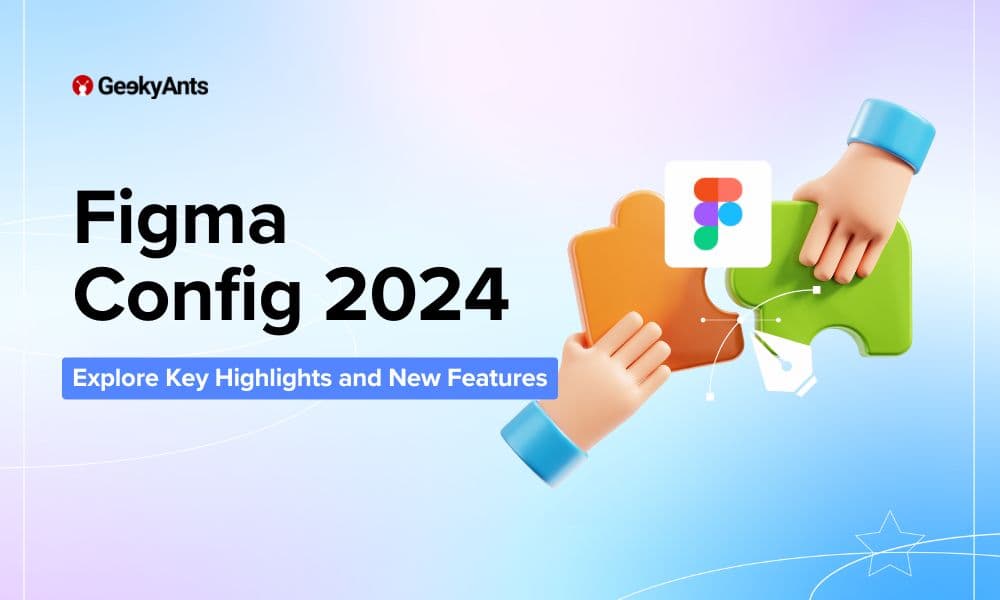
Exploring Figma Config 2024: Key Highlights and New Features

Design System Vs UI Library: Understanding the Difference for Digital Product Excellence

































